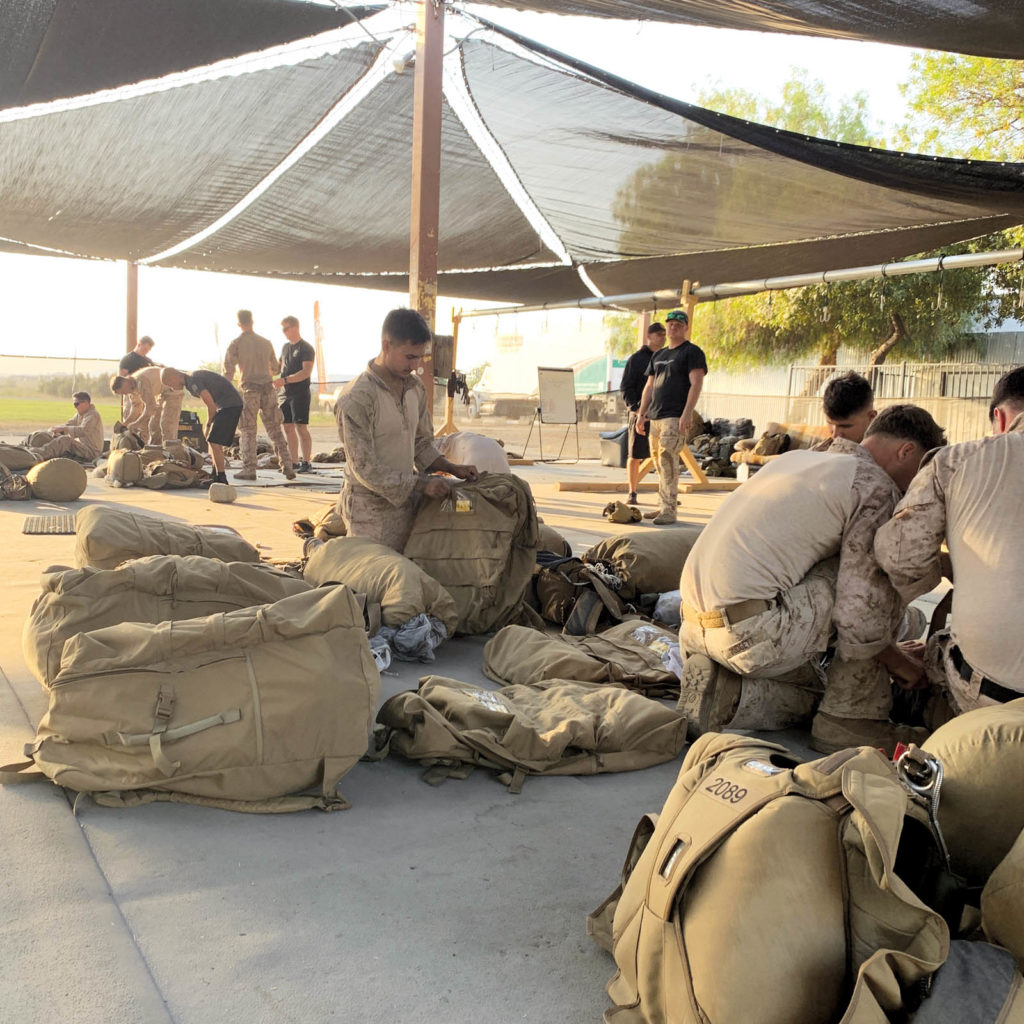
There is a lot of competition out there—and if your products aren’t solving problems or saving the customer money, it can be very difficult, says Nate Smith, founder of Stratus Support Industries LLC.
These words could be said about any segment in the wide, wide world of specialty fabrics. In this case, however, the customer being referenced happens to be one with some of the deepest pockets in the world—the U.S. military.
Obviously, even a tiny slice of the military market can be lucrative for fabricators, but it is the government, after all—with rules and regulations and red tape that can scare off the uninitiated. But those companies willing to prepare and do their homework can find the market to be game-changing.
One thing fabricators need to know is that there is no single way to break into the military market.
Some, like Smith, who operates Stratus Support Industries out of Pilot Point, Texas, came from a military background. He served as a parachute rigger for the majority of his 22-year career in the U.S. Marine Corps. “After I retired, my old unit reached out to see if I could help with a problem with one of their current parachute-related products,” says Smith. “I had some connections in the sewing industry, so I designed a product for them and with help of another company, came up with a prototype, and within a couple months of starting I had my first government contract.”
That first product, the Freefall Parachute Kit Bag, was developed with input from military parachute riggers and military free-fall jumpmasters, says Smith. “Together we identified the need for a more durable bag, more pockets, compression straps, better carrying handles and, most importantly, an internal stuff sack for the parachute canopy after it’s been deployed,” explains Smith. “The stuff sack is dual purpose; it provides infrared signature reduction during combat operations and also reduces damage to the canopy during training.”
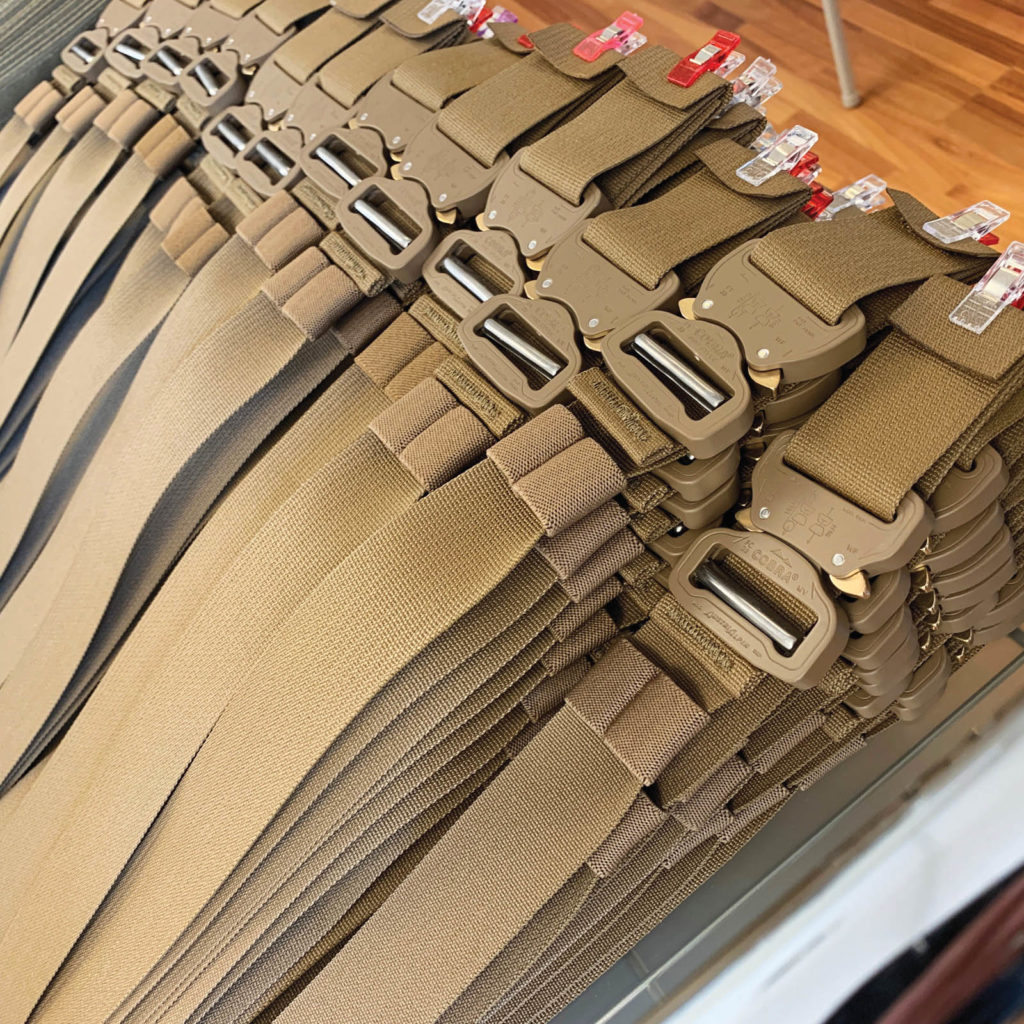
Sideline turns into career
Smith says he initially didn’t think of the venture as something that might turn into a career.
“No, not at first,” he says. “After we designed the first product and got a contract for the first couple of hundred, more requests started coming in, and it just kind of created a life of its own. Then we just started to design more products.”
With no background in business, Smith says his strategy early on was to “just hit the books and kind of figure out what needed to be done.” His advantage, admits Smith, was firsthand knowledge of the equipment being used, allowing him to guide the design process and make better equipment.
The key to continued success, according to Smith, is communication with clients.
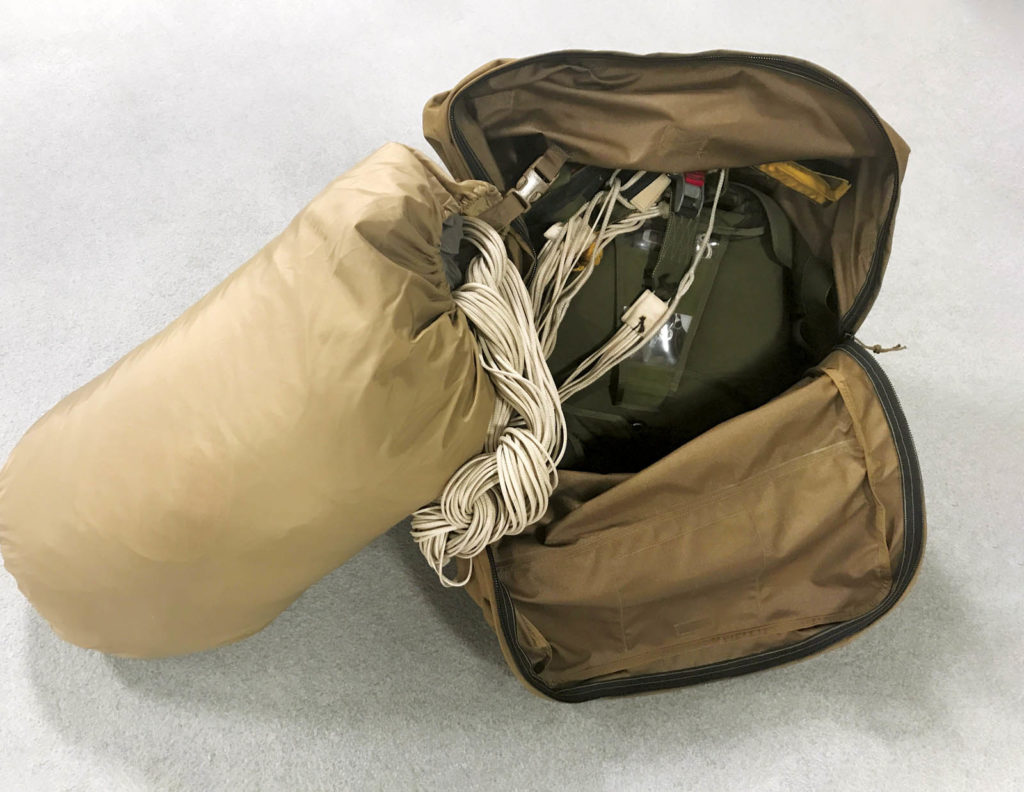
“It’s crucial in the military market,” he says. “As civilians, or even military retirees, our finger is not on the pulse of what techniques our warfighters are using or what equipment they have been fielded. Where I think we excel is listening to our clients’ needs and then producing equipment that provides a solution to whatever problem they’re facing.”
Unlike Stratus, Blithe Defense Industrial Covers, located in Huntington Beach, Calif., was an established company when it entered the military market. It fabricates and manufactures custom specialty protective covers for equipment and machinery for several markets, including defense and aerospace, sourcing and procuring materials specifically for client needs.
“We’re proud to be one of the few small business subcontractors working on the F-35 stealth jet fighter program,” says CEO Derek Blithe.
Using experience from marine work
“Our military products came from years of experience in the marine canvas industry,” says Blithe. “We use our knowledge and technologies to create products with similar characteristics that can be used across the board.
“Our mission is not only to provide top-of-the-line quality products, but to customize and provide support from ideation to completion,” he says. “‘If you can dream it, we can make it.’ We have invested heavily in our technology and tools so that we can create virtually any type of product.”
Blithe acknowledges, though, that there can be significant hurdles for companies that are interested in entering the military market. “Raising capital, production lead times, material sourcing, producing at scale, prototyping, reading through meticulous contracts—they all can be issues,” he says.
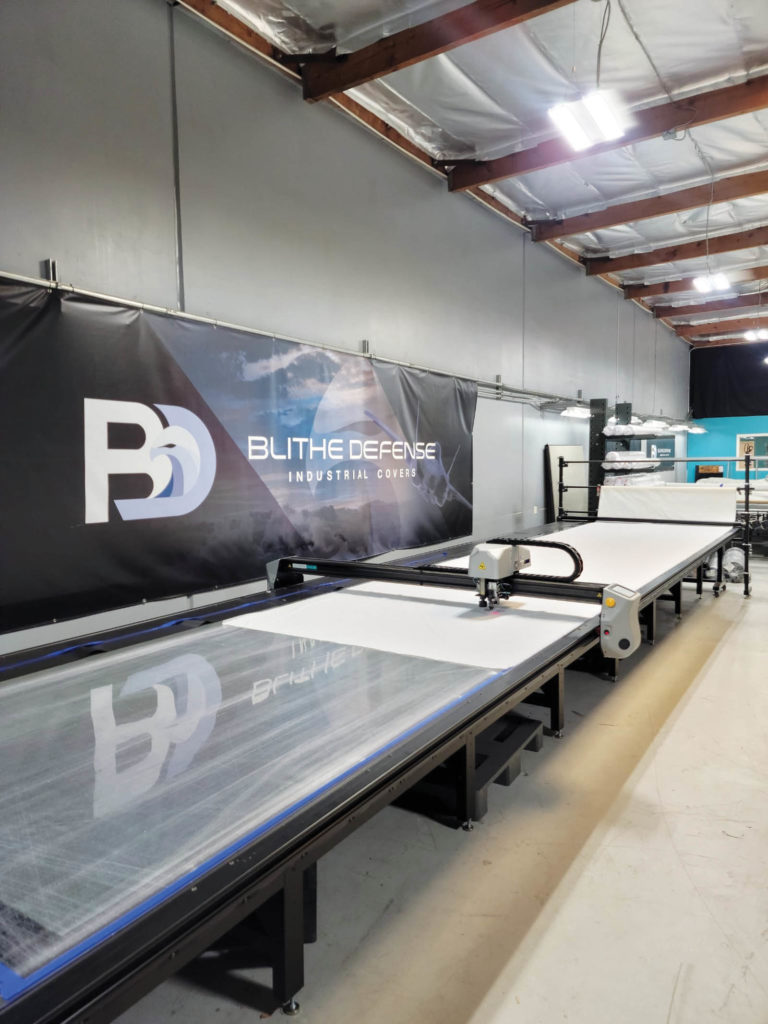
Once in the market, Blithe says, “Companies need to be solution oriented. They need to continue to evolve and innovate new products.”
Both Smith and Blithe also stress the importance of having reliable vendors.
“The vendors that we use have a solid track record of maintaining great stock levels and shipping materials quickly,” says Smith. “One of the tough things about being a small shop and manufacturing for the military is we don’t stock a lot of raw materials. We lean heavily on our suppliers to maintain their stock programs and get materials to us in a timely manner.”
“It’s critical that our vendors be able to deliver in a timely manner as well as communicate on updates/delays/availability,” adds Blithe.
Figuring out where to start
“Working in the military can be daunting to the uninitiated,” says Ron Houle, founder and president of Pivot Step Consultants LLC, a Burke, Va., firm which helps companies that want to work with the military.
“Just take a cursory look at the defense acquisition regulations,” says Houle. “It’s hundreds and hundreds of pages. Left to your own devices, even with a great product you want to get into the hands of the military, you’d be hard pressed to know where to start, where to go and how to manage your expectations.”
That’s been true for a long time, says Houle, but the events of the past couple of years, up to and including the latest developments in Afghanistan, means that “the world’s a lot different. Business leaders, especially in the textile industry, need to be informed on the national security priorities of our nation, and I think they are better decision makers and better citizens if they are.”
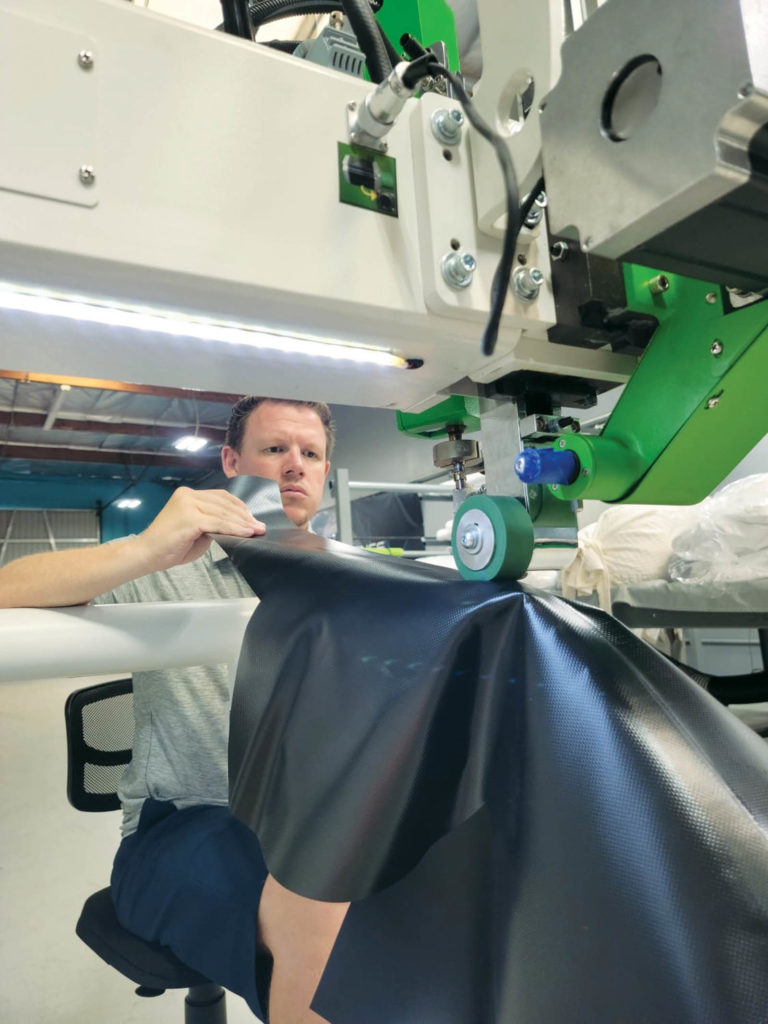
As he studies this year’s military budget, Houle notes a couple of emphases that fabricators in the market need to recognize.
“There is very clear language that China is the number one threat in the assessment of the secretary of defense and the national security community,” he says. “Members that have plants and such in China need to know that the Department of Defense has made that statement loud and clear.”
In addition, says Houle, the renewed emphasis to increase the number of products made in the United States is continuing, across all industries. “There’s going to be increased reporting requirements for exemptions, tightening of applications for exclusions to buying American, and more rigorous regulations to show that a particular commodity can’t be sourced here.”
All that, says Smith, means companies working with the military “have to stay limber.”
“The military is constantly changing and so are their requirements,” he says. “You can’t get so focused on one product or design that you lose sight of the goal line, which should be making our warfighters’ jobs easier.”
Jeff Moravec is a freelance writer based in Brooklyn Park, Minn.
 TEXTILES.ORG
TEXTILES.ORG


